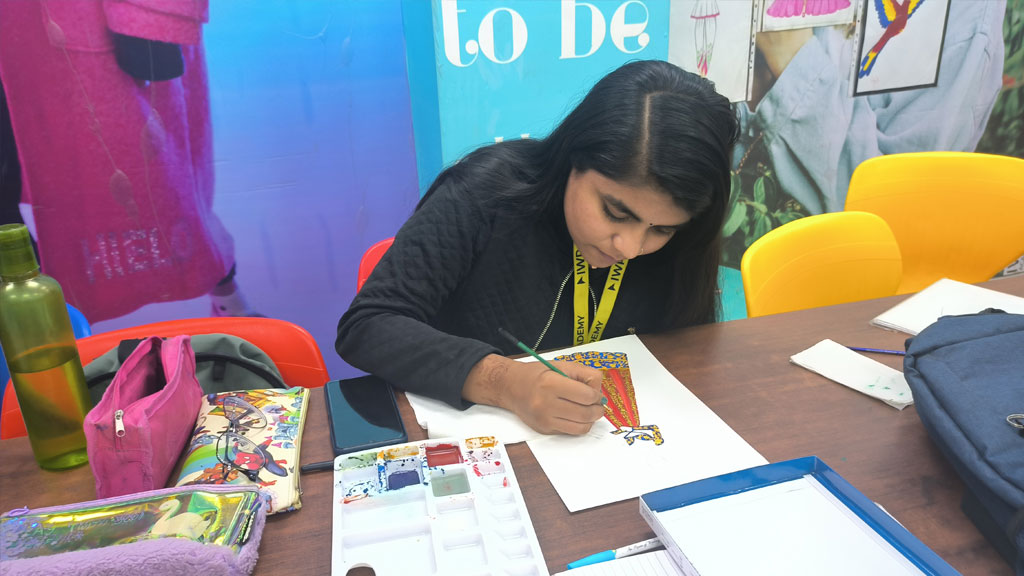Introduction: Embarking on a journey into the realm of fine arts is an exploration of creativity, self-expression, and the profound language of visual storytelling. In this blog post, we’ll delve into the captivating world of fine arts courses, exploring the diverse skills, techniques, and inspirations that shape individuals into artists capable of weaving their narratives onto canvas, paper, and beyond.
- The Essence of Fine Arts:
- Define fine arts as a form of visual expression that transcends boundaries.
- Explore the various disciplines within fine arts, including painting, drawing, sculpture, printmaking, and conceptual art.
- Foundations of Art:
- Discuss the fundamental elements and principles of art, such as line, shape, form, color, and composition.
- Explore how a fine arts course builds a strong foundation, allowing artists to experiment and evolve their unique style.
- Exploration of Mediums:
- Highlight the diverse range of artistic mediums available to fine artists, from traditional oils and acrylics to mixed media and digital art.
- Discuss how artists discover their preferred mediums and experiment with unconventional materials to convey their messages.
- Art History and Cultural Context:
- Emphasize the importance of art history in shaping an artist’s understanding of cultural contexts, movements, and influences.
- Discuss how studying art history enriches an artist’s perspective and informs their creative decisions.
- Drawing and Sketching Techniques:
- Explore the significance of drawing as a foundational skill in fine arts.
- Discuss various drawing techniques, from observational drawing to expressive mark-making, and their role in developing an artist’s visual language.
- Painting Styles and Approaches:
- Delve into the world of painting, covering different styles and approaches, from realism to abstraction.
- Discuss the importance of color theory, brushwork, and experimentation in painting.
- Sculpture and 3D Art:
- Highlight the three-dimensional aspect of fine arts, exploring sculpting techniques and the use of various materials.
- Discuss how sculptors bring their visions to life, creating tangible and immersive artworks.
- Printmaking and Graphic Arts:
- Explore the world of printmaking, including techniques like etching, linocut, and screen printing.
- Discuss how graphic arts and printmaking contribute to the versatility of a fine artist’s skill set.
- Conceptual and Contemporary Art:
- Discuss the evolution of art into conceptual and contemporary realms.
- Explore how fine arts courses embrace innovative approaches, encouraging artists to push boundaries and challenge traditional norms.
- Exhibitions and Artistic Identity:
- Highlight the importance of showcasing artwork through exhibitions and online platforms.
- Discuss how artists cultivate their artistic identity and build a portfolio that reflects their growth and personal narrative.
Conclusion: Embarking on a fine arts course is not just about mastering techniques; it’s a transformative journey into the soul of creativity. Whether you aspire to become a painter, sculptor, or multimedia artist, a fine arts course provides the tools and inspiration to transform your visions into tangible expressions. So, step into the realm of fine arts, embrace the blank canvas, and let your imagination paint the world with the colors of your unique artistic voice!

